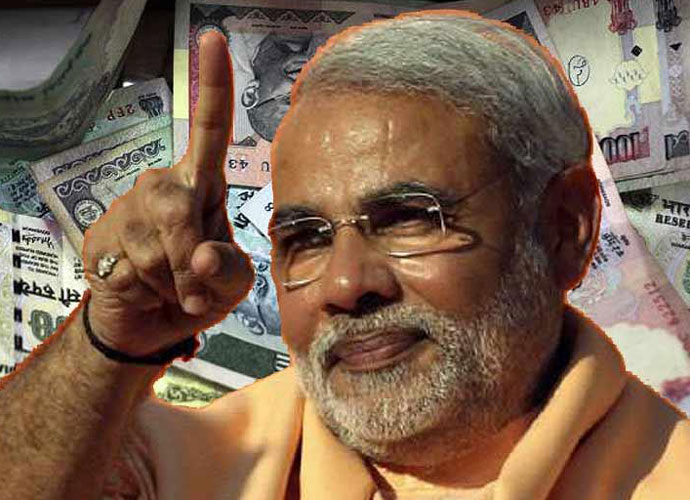How Modi managed to pull off demonetisation

In one of my books, The Edge Of Desire, the protagonist, Sharad Malviya, one of the top ministers in the government and perceived to be close to some top industrialists, pulls off a sudden coup, when he lands up at a remote village in Odisha and joins the villagers’ protest against the coming up of an industrial zone there.
He tells the villagers that “henceforth, I am your solider in Delhi and I will make sure that nobody dares harm your interests”.
Later that night, the leader confides in a friend: “You know what, in India, I have realised that to be the ruling party, you got to be the party of the poor by day and that of the rich by night.”
This in many ways might sum up an important perception transition aimed at and significantly achieved by PM Narendra Modi through the process of demonetisation.
Despite sincere efforts towards financial inclusion of the weaker sections and enhanced social security schemes, the Modi government would still be accused of being a “suit-buit ki sarkaar”.
It needed a more impactful reform to turn things around completely. And to that extent, demonetisation is a game-changer.
To look at some of the obvious gains of demonetisation:
- It stands to widen the tax-net significantly by cutting the cash economy to size. In fact, there was no logical reason for private medical or legal practitioners to have been allowed so far to accept most of their earnings in cash. This was actually increasing the burden on the salaried class.
- As a result of the expanded tax net, there is every reason for taxation rates to be lower. Similarly, with increased loan applications, interest loans of loan re-payment are likely to be significantly lower (a process already initiated by banks.)
- This would, in effect, mean increased purchasing power for individuals, which would lead to increased consumption. And hence, the projected slowdown in GDP for the next two quarters is likely to be offset soon after.
- There are several reports to corroborate how demonetisation has virtually decimated human trafficking, Naxalite violence and terror violence in Kashmir.
In a worst case scenario, let’s suppose, India’s GDP for the next two years remains lower than projected, even then demonetisation would have achieved the larger purpose of making hordes of unaccounted wealth taxable.
 |
| Of course, it has raised expectations from the PM. |
Of course, it needs to be seen as part of larger economic reform. And for that to reach its logical end, we now need an onslaught on benami property and unaccounted gold, besides mandatorily restricting cash purchases.
So how did Modi pull off the demonetisation gambit despite multiple execution problems? The answer lies in his temperament.
Modi’s focus, ever since he became PM, has been long-term: not the immediate five years in office, but 15. And to make governance easier over the next many years, the ills of the past needed to be addressed through serious reforms.
Demonetisation, in that sense, was the tough reform. Apart from the irreversible financial inclusion it achieves, over a period of time, it carries the potential of empowering the poor to an extent that in many ways it could practically offset the losses incurred by poor education in remote areas.
And hence, while in the initial weeks the poor were hit hard, Modi stuck to the script and unflinchingly called the move pro-poor.
Of course, seeing the way lakhs of dormant Jan Dhan accounts have suddenly sprung to life, the poor have reason to smile.
The other important thing that has worked in Modi’s favour is people’s unwavering trust in his intentions and the fact that people don’t mind a leader trying hard and failing.
What people really hate is the status-quoist approach of the Congress. No wonder then that the biggest casualty of demonetisation has once again been the Congress.
Not only did the party fail to encash on the people’s woes, in the end people seemed to blame the party for creating the crisis situation, where Modi had to ultimately demonetise currency.
Two months post the PM’s announcement on November 8, there seems to be general unanimity that Modi has managed to pull off the coup well. For the BJP, the move has actually widened its social base.
The Congress, AAP and other regional parties who were hoping to paint the BJP as anti-poor, are left stumped.
Of course, it has raised expectations from the PM, which he seems fine with. One can now foresee a more visibly reformist PM.
Knowing the PM’s penchant to tread where many others did not, demonetisation could possibly be the first significant step towards a major overhaul of the tax system in a few years from now.

